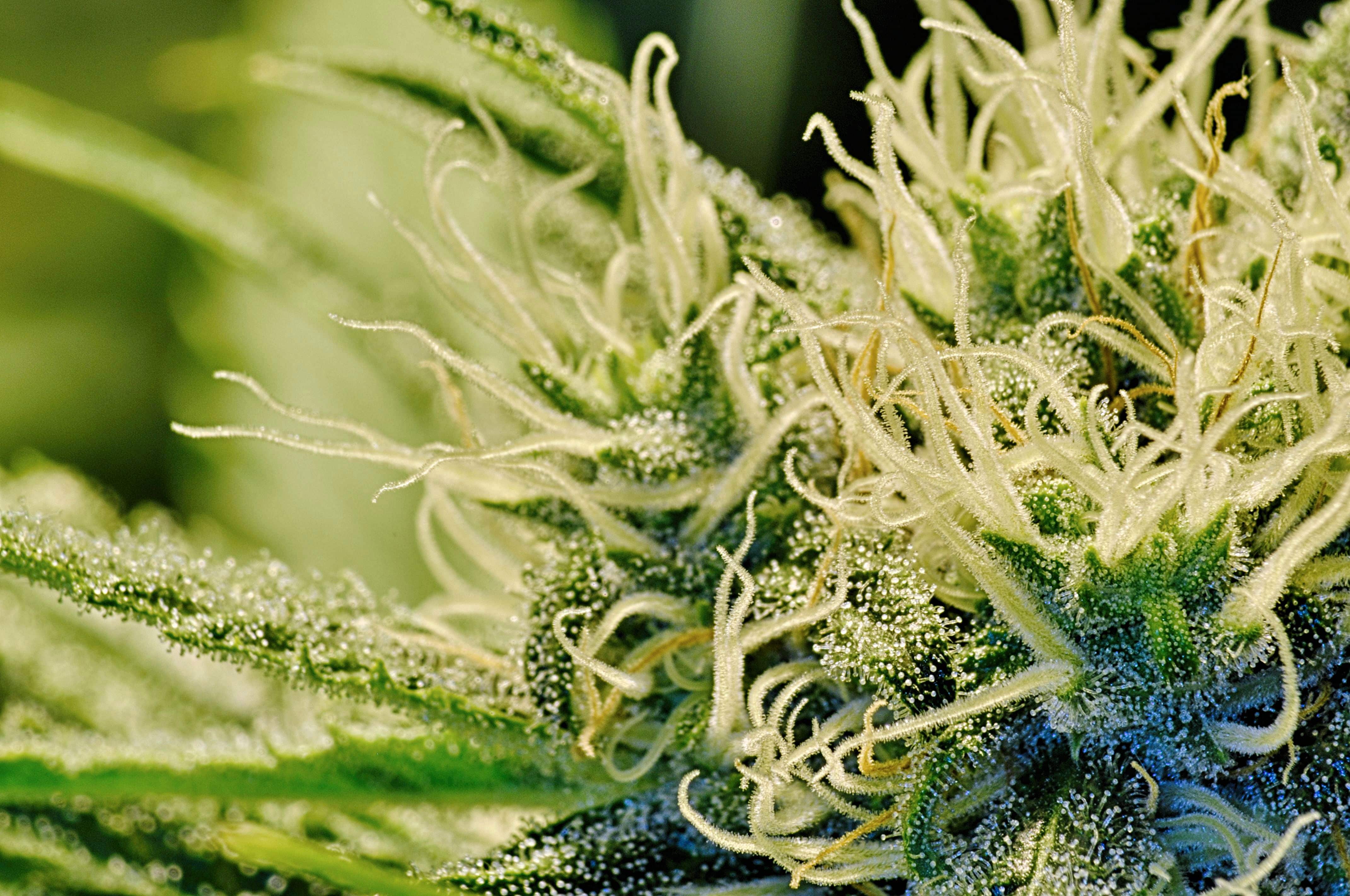
How the various forms of medicinal cannabis act is best understood through vigilant patient reporting and case studies. Image Source: Wikimedia user O’Dea.
I can’t smoke marijuana; when I do, I have an adverse physical reaction that makes my skin feel like it’s on fire. Strangely, this does not happen when I eat marijuana. My reaction is rare, and the chances that someone else will have the same reaction as me during an official clinical trial for medical marijuana are slim. And this is why tracking the effects of a medicine beyond clinical trials— known as pharmacovigilance—is critical in supporting safe usage.
Pharmacovigilance started in the 1930’s after a solvent used in a syrup to treat infections ended up having severely negative side effects—including death. After that, laws were passed requiring more thorough testing of medications. However, laboratory testing was not enough, and negative side effects were still found after drugs were released. Even large-scale trials utilize just a sample of the population and cannot include every combination of illness and medication. But with doctors and pharmacists reporting side effects, off-label uses, and drug interactions, we can anticipate and avoid risks related to certain medications. Pharmacovigilance allows us to understand how medicines behave in situations that may not have been explored during clinical trials, an ability which is particularly useful for cannabis because of the complexity of the substance and the fact that medical trials involving marijuana are difficult to initiate.
Understanding Risks and Side Effects
Because of the current status of cannabis as a Schedule I drug in the United States, it is a complex and expensive process to get approval for extensive clinical trials. Instead, most cannabis research relies on questionnaires given to cannabis users and small trial populations. The findings of these case studies and small trials can then be used to support applications for larger studies.
Even though thousands of minor studies on cannabis have been completed or are currently in progress, there are still many uses that have not been researched thoroughly. For instance, although cannabis has been shown to reduce nausea and vomiting, studies have not been conducted for every application as an anti-nausea medicine. It may be safe for cancer patients but not for morning sickness in pregnant women. While patients should certainly be cautious about using cannabis when they have a condition that has not been tested with marijuana use, it is also important that those who do use medical marijuana report any side effects or benefits to doctors in order to develop a more thorough understanding of how the medicine affects each ailment.
Even if trials were more common, they would not be able to test every aspect of medical marijuana. Cannabis is a naturally occurring substance that has not been designed to treat just one ailment, so its usefulness often depends on the way that various chemicals within the plant interact. While this means that cannabis can be used in more applications than synthetic drugs that are targeted towards a single symptom, it also means that the research surrounding its side effects is complicated and needs to be conducted diligently over a longer period of time.
The Potential of Specific Strains
There are currently hundreds of different marijuana strains available, and although the regulation of the medical marijuana industry focuses on labeling strains, there are too many varieties to test each one for medical use. While the overall effects of the different strains are similar, certain types may be better at treating certain conditions—and that is where pharmacovigilance comes in. For instance, patients treating bipolar disorder with marijuana have found that strains with a high CBD content are most effective. But can they just use extracted cannabinoid oil? Maybe not, because some users who have tried just the oils report that a small amount of THC is necessary for the medicine to be effective. This information, when collected and processed, can lead to more efficient prescribing of specific strains and can allow growers to create more targeted varieties based on patient feedback.
Different Delivery Systems
The effectiveness of marijuana as a medicine is not only dependent on the type of marijuana you take but on how you take it. Some companies are currently exploring high-tech delivery systems such as vapor cartridges designed to treat specific symptoms. Other methods of delivery include topical patches or ointments, sublingual sprays, and suppositories. While sometimes the delivery method is a matter of preference, in cases like mine, how you take the medicine determines whether or not marijuana is a viable medication.
Case studies and continued reporting will also help create best practices for delivery and dosage. While laboratory testing can assess how marijuana is metabolized, only patients can give feedback on how taking the medicine at different times of the day or night affects its usefulness. By reporting these results, doctors will be able to offer better counseling to future patients.
How You Can Get Involved
Although pharmacovigilance is carried out by medical professionals, those using medical marijuana can help in the following ways:
- Register with a medical marijuana registry: Canadian researchers have launched a global registry to track the use of medical marijuana. Professionals must be trained on how to collect data and report it to the system, so you cannot register yourself, but you can let your doctor know if you want your case included in the registry.
- Be honest when reporting symptoms and side effects: You may be tempted to gloss over the negative effects you experience when taking marijuana, but honest reporting will allow future patients to know the potential side effects before taking medical marijuana.
- Be consistent with your choice of physician and dispensary: All you need in most states to get a medical marijuana card is a note from your physician recommending marijuana for your treatment. Many people get this recommendation through websites or clinics set up for this purpose, but it is better to get the recommendation through your treating physician and then continue seeing this person regularly as long as you are taking the medication. Choosing the same doctor and dispensary every time allows your doctor to consistently track the strain and dosage you are using.
As medical use of marijuana becomes more common, it is imperative that patients, doctors, pharmacists, and researchers work together to create a deep understanding of the medicine—and pharmacovigilance is a key part of this process. While pharmacovigilance requires reporting by doctors and pharmacists, it is also highly dependant on honest, thoughtful feedback from patients who use marijuana on a daily basis. You are the ones who fully understand what it is like to take marijuana in its various forms and doses, and you will be the ones who will help future patients learn the best methods for safely and effectively using marijuana for therapeutic purposes.









